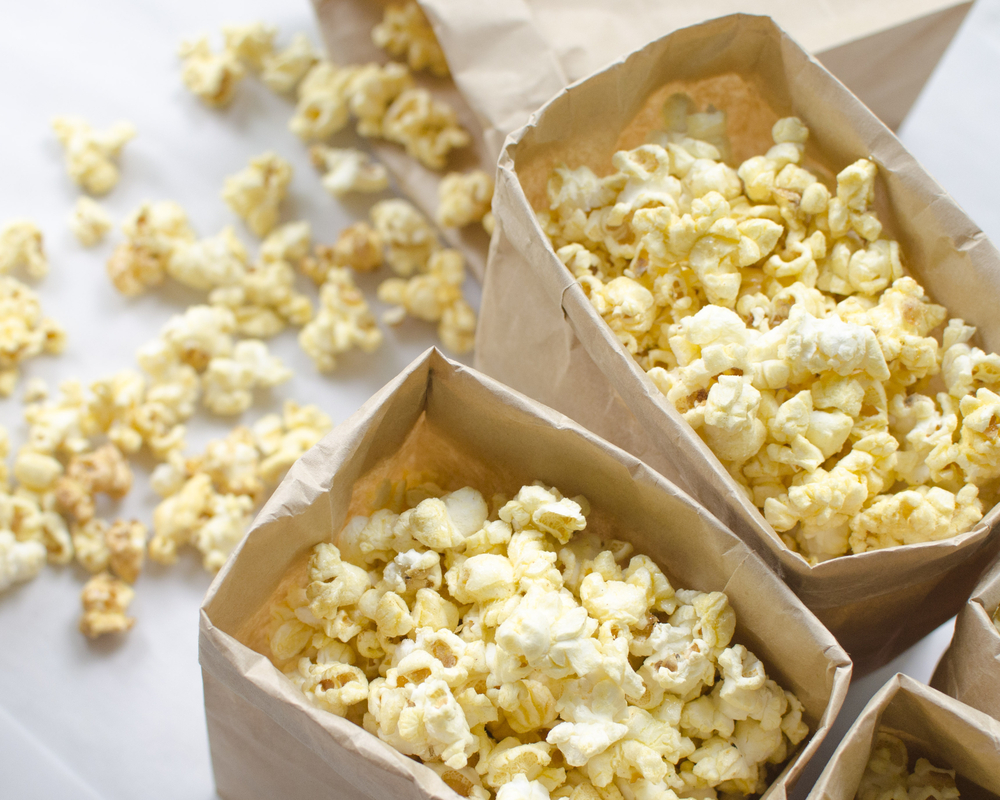As compared to the prehistoric days of menu choices at ballpark concession stands, the food served today at most stadiums and arenas around the country unquestionably constitutes a major upgrade. At professional sporting events, for instance, the offerings are now more voluminous, tastier and healthier. (And yes, in many cases, more expensive. But at least they're an available alternative.)
That menu transformation, as a result, has shown us that when healthier food choices are offered, games do not have to be the exclusive domain of burgers, fries and ice cream – that there is a desire for healthier fare. And that idea – based on findings from a limited study by researchers from Cornell University and the University of Iowa – appears to extend to high school crowds, as well.
"Selling healthy foods at concession stands turns out to be a win-win," is the conclusion reached by co-author David Just, PhD, of Cornell University, of the recently released, self-described "pilot" study. "Students are more satisfied and the bottom line improves," a reference to the increased concession stand sales that occurred during the study.
The research team worked with a large high school in Muscatine, Iowa, which in tandem added eight new, healthy items to the concession stand that operated during sporting events. The research was conducted during the fall sports seasons over two consecutive years, starting in 2014. In the first year no new healthy snacks were added to the stand's menu; in the second year the eight new items were offered. All eight choices – which included "carrots, apples, a grilled chicken sandwich, and string cheese" – complied with the USDA's Smart Snacks guidelines.
The research showed that "an average of 77% of students purchased healthier foods when they were available and that revenue also increased when a variety of healthy items were available," according to the study's co-author Brian Wansink, PhD, Professor and Director of the Cornell Food and Brand Lab. What's more, overall concession stand sales increased 4 percent while the eight healthy snacks produced 9 percent of all sales.
 In addition, healthier substitutions were made for other foods, and demand for them increased as well. The researchers reported that "the regular nacho cheese sauce was replaced with a no trans-fat variety and the popcorn was prepared with canola oil that has less saturated fat and no trans-fat compared to the coconut oil bars previously used," and even with the switch, "[s]ales of the modified nacho’s and popcorn increased by 8% despite the relatively healthier nature of the foods."
In addition, healthier substitutions were made for other foods, and demand for them increased as well. The researchers reported that "the regular nacho cheese sauce was replaced with a no trans-fat variety and the popcorn was prepared with canola oil that has less saturated fat and no trans-fat compared to the coconut oil bars previously used," and even with the switch, "[s]ales of the modified nacho’s and popcorn increased by 8% despite the relatively healthier nature of the foods."
The study, titled "Healthy Concessions: High School Students' Responses to Healthy Concession Stand Changes" and published online Jan. 11 in the Journal of School Health, has its limitations, as noted by the authors. First, the information presented "reflects the results of a pilot study done in 1 large midwestern high school and may not reflect the experiences of students in all schools." In addition, the research included a survey component of 314 students, and the authors noted a difference "between self-reported purchases and sales data."
That said, the researchers believed the results were compelling and encouraging to both consumers of snacks and the those who operate concession stands.
"Adding healthy foods to traditionally less healthy food venues," they wrote, "is well received and profitable. Even students who did not place importance on having healthy food at the concession stand still purchased these healthier items. ... Students are, however, very price sensitive and cheap candy will continue to be a big seller as long as it is available. A price structure that increases the price of these items could be considered. Groups running food venues should be encouraged to add healthy options."




